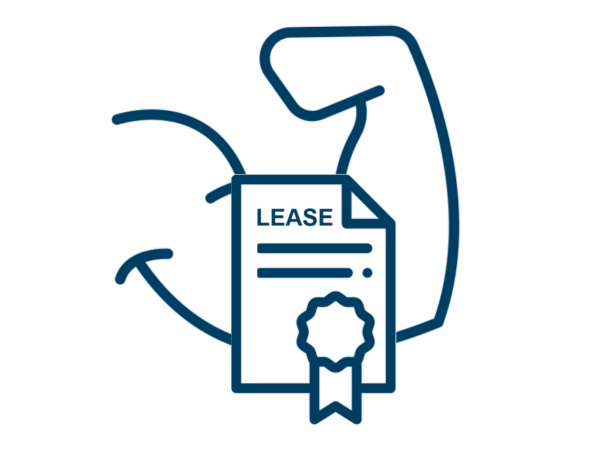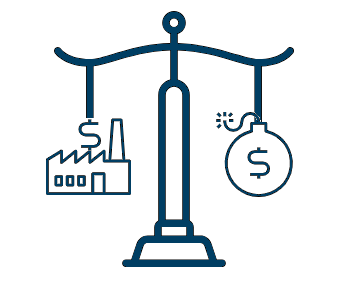Tenant covenant or lease covenant is a term that refers to a business’s creditworthiness or bank-ability. I.e. what is the quality (security) of the tenant’s lease income?
Tenant covenant factors
(All endogenous)
- A tenant’s credit score – i.e. is there any history of default, late payment, adverse judgements, adversarial relationships with its creditors and suppliers?
- The strength of the tenant’s cash flows: i.e. is the business profitable, and if so how profitable? Are its earnings dependent on a few key customer, or is the risk of customer failure spread across a wider range of customers? What is the nature of its cash flows – are earnings lumpy and contract based, or does it receive recurring and predictable income? How defensible are those earnings – is the business competing in a Red Ocean with threat of margin compression and lots of competitors, or does it have a fairly wide IP moat to protect itself from competition?
- Relationship to and strength of a tenant to a parent company. Where the parent company is guarantor or suretyship provider, a landlord can “look through” the tenant to the parent company. Assuming the contract provides for this “look through”, the tenant inherits the credit worthiness of the parent entity. Further, a parent company with a valuable brand, is exposed to reputational risk. In the event of non-payment, this increases the risk premium for the parent company, which will be reflected in other leases, with other landlords. Reputational risk can be utilised as a non-financial lever by a specific landlord.
- The strength of the tenant’s balance sheet: i.e. does the business control, in order of preference, lots of cash, lots of current assets, lots of non-current assets? In the event of non-payment by the tenant, this provides security for the landlord. Monies owing can be recovered from the sale of these assets.
In the instance of weak tenant covenant strength, landlords can look to reduce risk and bolster covenant by requesting guarantees, deposits or suretyships.
Implication of tenant covenant strength to the CRE landlord
- Tenants that are more creditworthy reduce risk to the landlord. Low credit risk tenants are called bank-able tenants.
- Lease duration (i.e. a later expiry date) improves the property’s tenant covenant
- Strong covenant tenants enable the landlord to borrow more (higher LTV) on better terms from the banks.
- Since interest is a significant cost to property funds, the lower the cost of borrowing, the lower the rental the landlord has to charge to make the same return
- Therefore, tenants with stronger covenants can motivate for the benefit of a reduced rental. Whereas tenants with weak covenants attract compensatory higher rentals
Proxies for tenant covenant strength
The tenant organisation type (please see more below) may provide some form of risk indicator. However, this may misleading, as detailed below.
For example
- Company X: a small enterprise with a great credit score, high levels of profitability, and boasting a cash-strong balance sheet
- Company Y: A listed company that is struggling. While listed, it is dealing with adverse financial conditions, and consequently is seeing credit defaults, declining levels of profitability, and being forced to carry higher levels of debt or dilutive equity funding.
In this instance, Company X (the small enterprise) boasts the superior tenant covenant to Company Y (the listed company)
One ranking of tenant covenant strength
(The below however is fairly crude, and ignores the endogenous lease covenant strength principles discussed above)
- Government
- Listed company (in retail parlance, a “national tenant”)
- Multi-national (in retail parlance, a “national tenant”)
- Large company (in retail parlance, a “national tenant”)
- Professional firm
- Medium size firm
- Other – such as a small enterprise (in retail parlance, this may cover a “franchise”, “private” or “mom-and-pop”)





